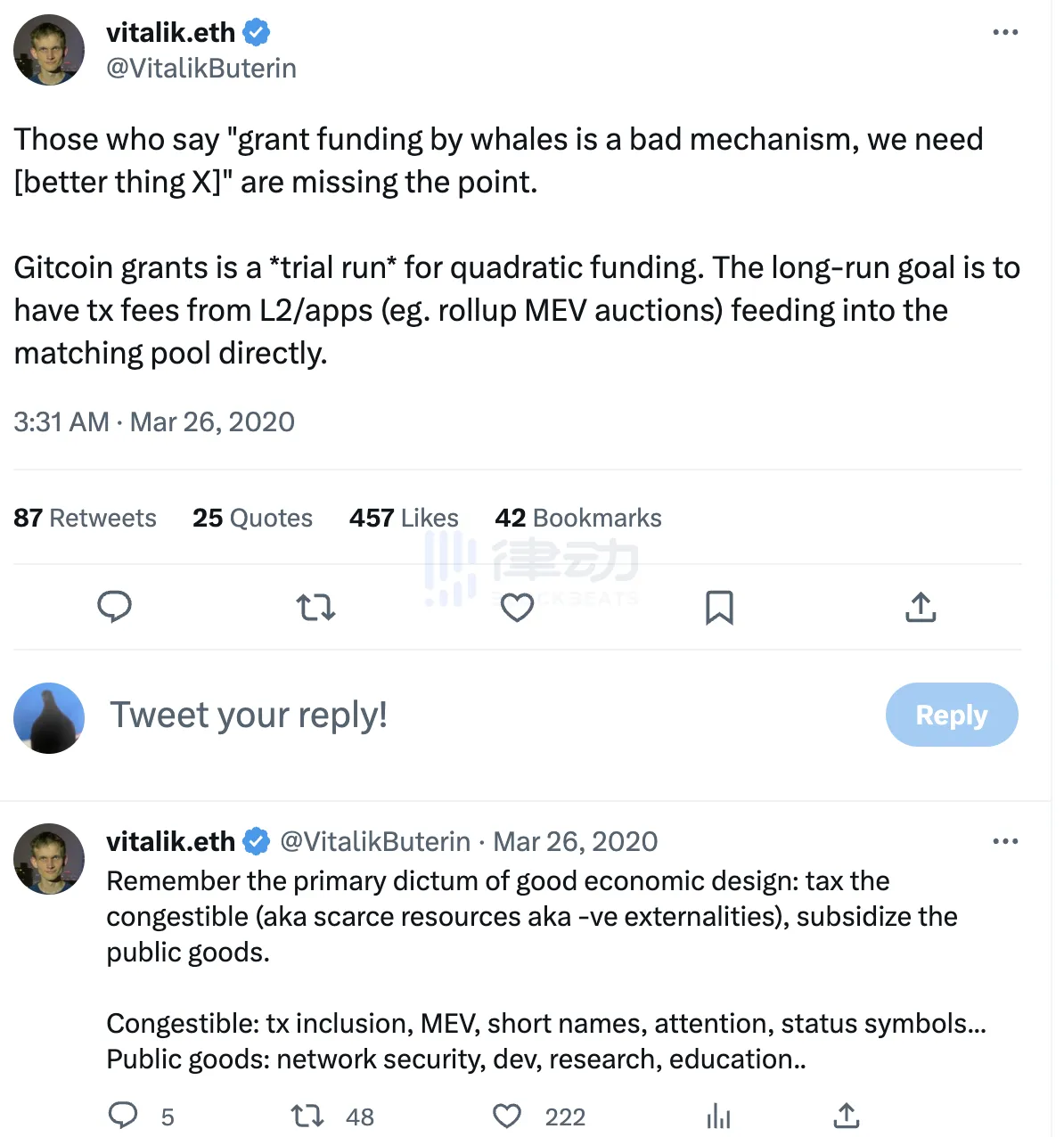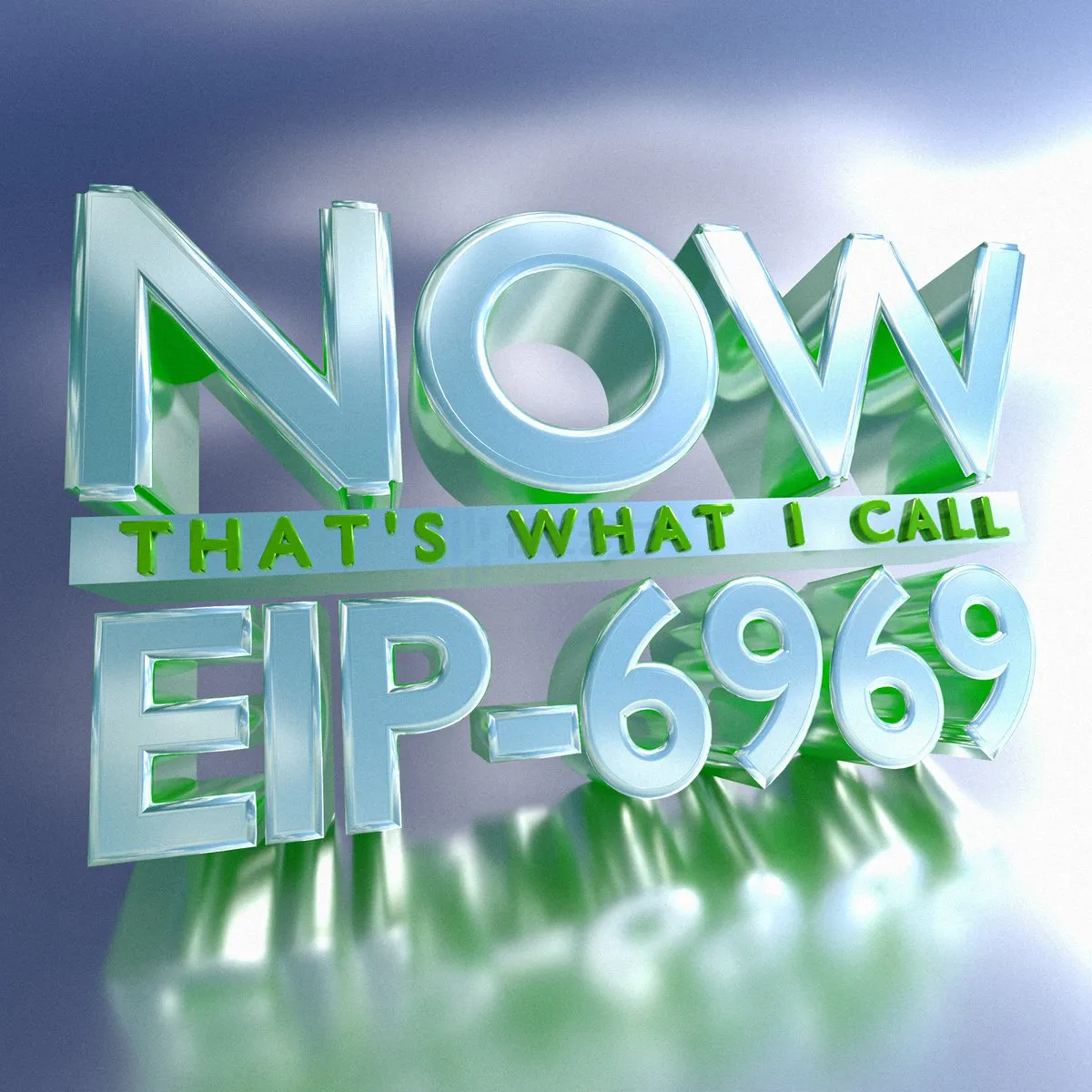Author: LeftOfCenter, BlockBeats
On July 7th, Gitcoin partnered with multiple organizations to launch a layer-2 application chain called PGN (Public Goods Network). The network is based on OP Stack development, and its goal is to explore a new funding mechanism for public goods (Public good) both within and outside of Ethereum, providing a sustainable source of funding.
With the addition of a new member to the OP Stack family, its sorter revenue will also be applied to the public goods funding mechanism for the first time.
- New Project Preview | Carbon, an On-Chain Automated DEX Protocol
- Three transformations are needed for the success of Ethereum, but new problems arise as well.
- The modular war of Layer2 begins: OP Stack VS ZK Stack, who will be the ultimate winner?
PGN can be said to be an upgraded version of Gitcoin Grants fundraising.
Unlike pure donations that rely on users’ wallets, all funding sources in the PGN network are generated by users’ real interactions. Once the EIP-6969 proposal is successfully integrated into the Cancun upgrade, Ethereum application developers will be able to directly receive sorter fees as income based on CSR, making it possible for developers who truly create value for active users on the chain to be rewarded, and Ethereum may usher in an “developer economy” era.
It can be said that if previous donations were stagnant, the self-sufficient revenue model brought by PGN is like a flowing stream, and the source of this stream is sorter fees. zakk.eth, the developer ecosystem manager of Gitcoin, told BlockBeats that the team uses the RaaS service Conduit for hosting, and most of the received sorters will be allocated to public goods developers.
So, what does PGN mean for ordinary users and developers? What impact might it have on Ethereum’s fee structure? What is the relationship between it and Gitcoin Grants and the second-phase fundraising model? And what does the Cancun upgrade in October mean for PGN?
What is PGN?
PGN is short for Public Goods Network. It is an experimental plan initiated by Gitcoin for public goods funding and has received support from Protocol Guild, Public Nouns, Clr.fund, Giveth, Hypercerts, Protocol Labs, Octant, Eco, Hedgey, and other organizations. As an upgraded version of Gitcoin Grants’ second financing, PGN aims to provide a sustainable source of funding for public goods by trying out a funding mechanism.
This second-layer application chain built on OP Stack inherits not only the performance advantages (including one-click deployment of application chains that are easy to use, as well as EVM-compatible rollup and high composability) bestowed by OP Stack, but also adheres to the fee structure of the OP Stack super chain, which generates fee income through the self-deployed sorter in the network, with PGN committing to allocate most of the income to developers of public goods in the Ethereum and other areas, providing them with an organic and sustainable source of income rather than distributing it to development teams or token holders.
For ordinary users, interacting with decentralized applications based on the PGN network not only enjoys extremely low transaction fee costs and high security guarantees, but also a portion of the gas fees generated by each interaction will be pooled into the sorter to fund public goods, which can be called the “use and donate” model to a certain extent.
Gitcoin Grants and Quadratic Funding
If you are familiar with public goods and second-round financing, you probably know about Gitcoin Grants.
The Gitcoin Grants program is an initiative by the Gitcoin DAO in the cryptocurrency field to fund public goods, using the “Quadratic Funding” model. In simple terms, it is an early attempt at crowdfunding using a matching donation pool, which encourages the maximum number of people to participate and allows everyone’s favorite projects to benefit. For example, compared to receiving a single $500 donation, a project that receives 500 donations (with a single donation of $1) will be eligible for more matching funds.
The Gitcoin Grants experiment can be said to be quite successful. So far, it has funded many high-quality crypto projects through 16 rounds of donation activities, helping project parties grow while also bringing retrospective rewards to donors. More and more users are also entering the Web3 world through Gitcoin.
However, all of this is just an experiment. At least in the mind of Ethereum founder Vitalik Buterin, quadratic funding is just a trial run. The long-term goal is to “direct transaction fees from L2/applications (such as rollup MEV auctions) directly into the matching donation pool.”
According to a tweet previously released by Vitalik Buterin, those who say “whale funding is a bad mechanism, we need [better thing X]” are missing the point. Gitcoin Grants is a “trial run” of quadratic funding, and the long-term goal is to direct transaction fees from L2/applications (such as rollup MEV auctions) directly into the matching donation pool.
Vitalik believes that, at the system level, a well-designed economic model should “tax scarce resources to subsidize public goods.” He listed a series of scarce resources, including packaged transactions, MEV, shorter domain names, attention, and status symbols, while public goods are a type of item that does not generate immediate income but is meaningful for overall human well-being, including network security, development, research, education, etc.
PGN is an upgraded version of quadratic funding
If the quadratic funding of Gitcoin Grants is just a trial, then the launch of PGN marks Gitcoin’s new journey.
PGN will bring a self-sufficient model to the Ethereum ecosystem, and from now on, public goods lacking funds will become a source of water, and this source is the sorter fee from PGN.
Based on the OP Stack, PGN naturally inherits the fee structure of OP Stack, that is, every transaction generated in the network will generate a sorter fee, and PGN intends to use these fees to fund the development of public goods in the Ethereum ecosystem and even beyond.
Public goods in the Ethereum ecosystem, of course, refer to open source software and applications.
As one of the most common digital public goods, open source software and applications have created tremendous value for society. The development and maintenance of basic Internet protocols such as TCP/IP, HTTP, FTP, and SMTP provide free, non-exclusive, and non-competitive access to information for the global community. Nevertheless, the compensation for the core maintainers of these open source software is still relatively low.
For developers, deploying applications on the PGN network not only inherits the advantages of “high security, stability, and scalability” brought by the OP Stack modular framework, but more importantly, developers of decentralized applications deployed on it have the opportunity to receive donations from the network without any financial commitments.
Unlike Gitcoin Grants’ matching donation mechanism, all funding sources in the PGN network are generated by user interactions, which are generated by real interactions between users and Dapps. Each interaction generates a sorter fee, which is fed back to the builders in the ecosystem through some mechanism.
It can be said that if the matching donation mechanism of Gitcoin Grants was still “dead water” before, then since the launch of PGN, the Ethereum ecosystem has become a “living stream”, and its source is the developers in the network. It is they who develop and create Dapps that users are willing to interact with and generate income, and then contribute to the entire ecosystem, forming an organic cycle. It can be said that Ethereum has achieved true externality.
Ethereum enters the era of developer economy
It can be seen that whether it is EIP-6969, which will be merged into the Ethereum Cancun upgrade in October this year, or the launch of PGN, Ethereum’s revenue system is deliberately tilting towards the developer community.
EIP-6969 is an Ethereum proposal that aims to introduce the concept of contract guaranteeing income CSR by allowing contract creators to receive a portion of the Gas consumed by their own contracts. This economic mechanism can also be applied to L1.
That is to say, starting from EIP-6969, Ethereum’s revenue system began to consider the interests of developers.
Before this, the Ethereum miner community was the main group of Gas fee income, after all, in the early development stage, miners were the core group that maintained the network’s security operation and the foundation of the entire network, so they needed to be given sufficient rewards in order to maximize the security of the network.
If the most important thing for Ethereum in the early stage was network security, then as the Ethereum ecosystem becomes increasingly mature and complete, applications and ecosystem construction in the network become increasingly important. As the most important contributor to the ecosystem, the importance of developers is self-evident.
Therefore, incorporating the income incentive mechanism for developers into the protocol layer is crucial for the development of the ecosystem. The biggest value of EIP-6969 is to distribute Ethereum’s revenue more reasonably to contributors, who are not only validators (or miners), but also developers and builders.
Since the generation of gas fees is provided by contract creators, who develop Dapps to attract users to consume and trade, and then generate gas fees, it is natural for them to get a share of the gas fees. By introducing the contract creator revenue mechanism EIP-6969, Ethereum further aligns the incentive mechanism of contract creators and the network, promoting their participation and rewards.
Once Cancun upgrades smoothly in October and is integrated into the EIP-6969 proposal, PGN will enable Ethereum developers to directly obtain a portion of the sequencer fee as their source of income based on CSR, rewarding contract developers who truly create value for active users on the chain. Ethereum may usher in a “developer economy” era of self-sufficiency.PGN has had a good start, with deposit/withdrawal transactions on the testnet exceeding 100,000 in less than a week online. However, it is only a beginning. For ordinary users, there is little they can do at present, as they can only transfer testnet bridged tokens between the Ethereum Sepolia network and PGN.In the future, the sequencer fee will be distributed through some mechanism, but the specific mechanism has not yet been determined. It is important to provide developers with a stable source of income, but how to reasonably distribute these funds and whether the distribution criteria are reasonable is a more important issue to be resolved. According to the PGN team’s plan, six months after the mainnet launch, fees will be evaluated and allocated based on accumulated impact data.In the long run, PGN is still a long-term experimental project that requires a lot of work. According to official announcements, such experiments will have to be maintained for at least two years. Experiments mean constant trial and error, uncertainty, and even a probable future failure. However, experimentation also means vitality, exploration of possibilities, and from visible human historical experience, experimentation is also the most probable place to generate groundbreaking things.References:https://blog.clr.fund/building-the-next-step-for-public-goods-funding-Blockingrt-1/https://www.gitcoin.co/blog/supporting-public-goods-network
Like what you're reading? Subscribe to our top stories.
We will continue to update Gambling Chain; if you have any questions or suggestions, please contact us!


